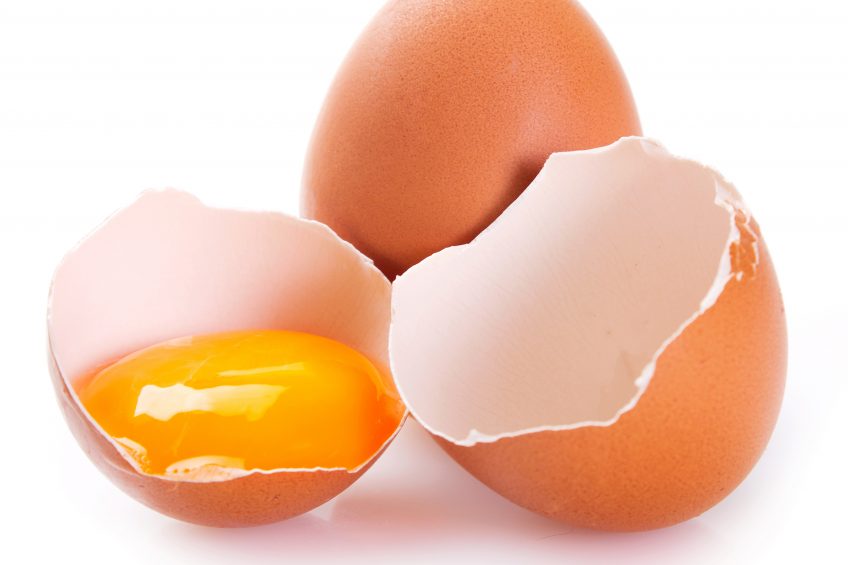Eggshell cuticle the focus of joint research project

International poultry companies Lohmann and Aviagen have joined forces with the Roslin Institute, Scotland, in a study, which aims to quantify and improve the quality of the eggshell cuticle.
The Cute-Egg project is looking at developing ways to measure the amount of cuticle that each hen deposits on its eggs.
Benefit of good quality cuticles
Some cuticles are better at protecting the egg from bacteria than others. Studies show that eggs with good quality cuticles are less likely to be infected by E. coli and other micro-organisms than eggs with poor quality cuticles.
Genetics effect cuticle quality
Scientists know that cuticle quality varies due to differences in the genetics or DNA blueprint of each hen, so that if chickens are selected that lay eggs with high quality cuticle, they can be bred to produce eggs with better protection against bacteria.
Light as a measuring tool
Working with chemists at the University of Edinburgh, the team from Roslin has developed techniques that measure cuticle quality using light.
White lights is made up of a spectrum of colours that materials can absorb and reflect from different wavelengths. Using a spectrophotometer, they have measured the amount of white light reflected by eggs’ cuticles.
Other techniques involve fluorescent and infrared light that can provide information about the chemical structures of the cuticle and its role as a physical and chemical barrier.
Lohmann and Aviagen to field-test final product
Lohmann and Aviagen have provided the Roslin team with egg samples and related genetic information and have helped design the instruments so that it can be used for measuring cuticle quality on a commercial basis. They will also field-test the final product.
The project will also deliver fundamental knowledge about the biological mechanisms which give rise to the cuticle and its role as a physical and chemical barrier to microbial penetration.












